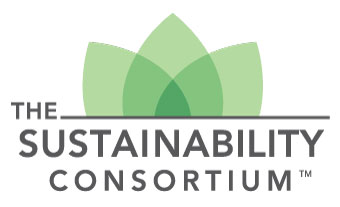Lead-Acid Battery Recycling Success: Policy + Reverse Supply Chains
- Version
- Download 313
- File Size 992.11 KB
- File Count 1
- Create Date March 9, 2021
- Last Updated April 8, 2021
Lead-acid batteries are a critical component of modern vehicles and stationary energy storage. Lead is different from other non-ferrous metals because when recovered and recycled from scrap material, it can meet even the highest quality standards equivalent to primary, or virgin, lead. In order to take advantage of lead’s potential circularity, however, recovery and recycling of batteries must be done in a safe manner. The United States and Europe have created lead-acid battery recycling programs that have achieved 99% recycling rates while minimizing risks to humans and the environment.
The purpose of this report is to show how three different countries have created different regulatory policies and reverse supply chains that have enabled responsible recycling of lead-acid batteries: Brazil, the United States, and the European Union. These systems differ by the type of reverse supply chain they use, who collects used batteries, how centralized and standardized the program is across different states/countries, and whether a deposit is required on new batteries. Despite these differences, all have achieved very high recycling rates. As the case studies show, when the public and private sector work together, it reduces risks and makes for a fairer market amongst competitors. Any country’s efforts require two components: a regulatory frame to ensure safe collection and reprocessing of lead-acid batteries, and a reverse supply chain structure that provides adequate financial incentivizes for all involved.
| File | Action |
|---|---|
| Lead-Acid Battery Recycling Success- Policy + Reverse Supply Chains.pdf | Download |



